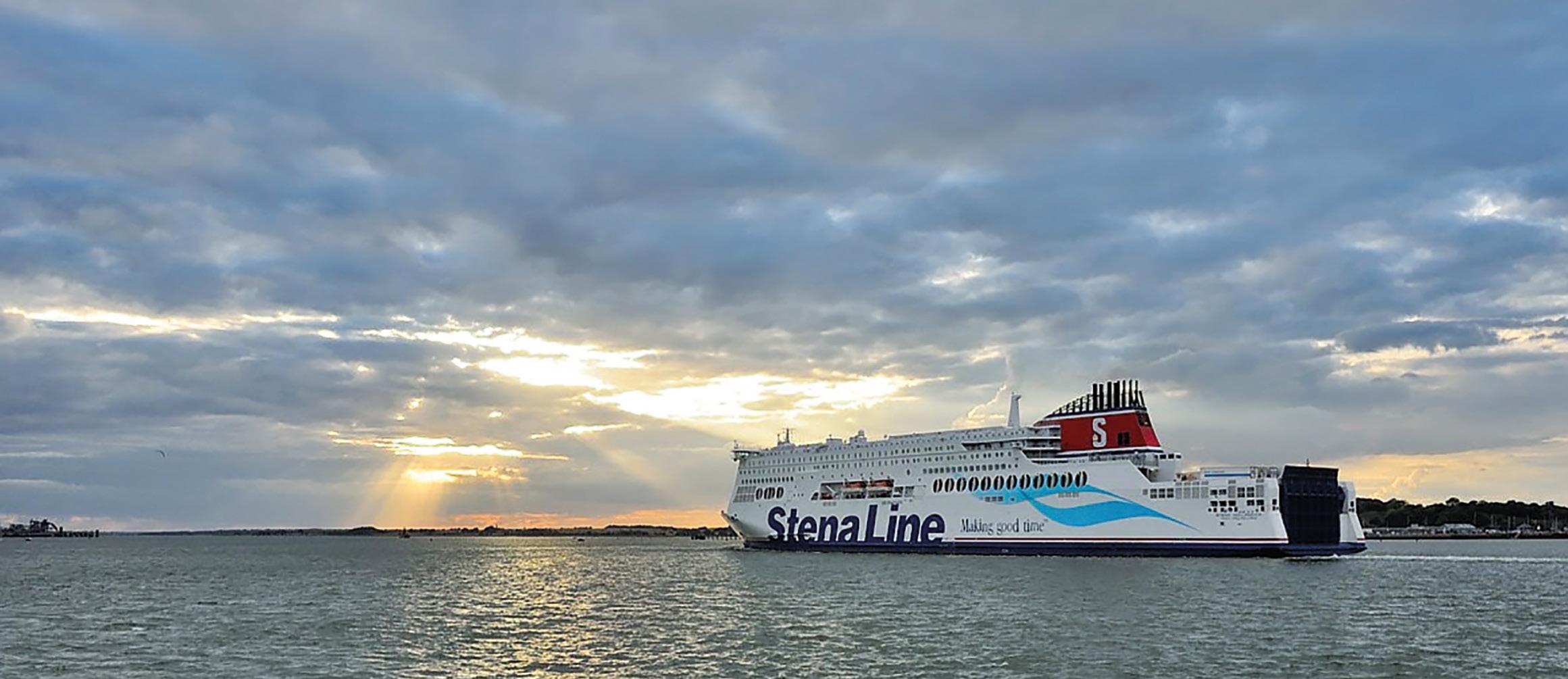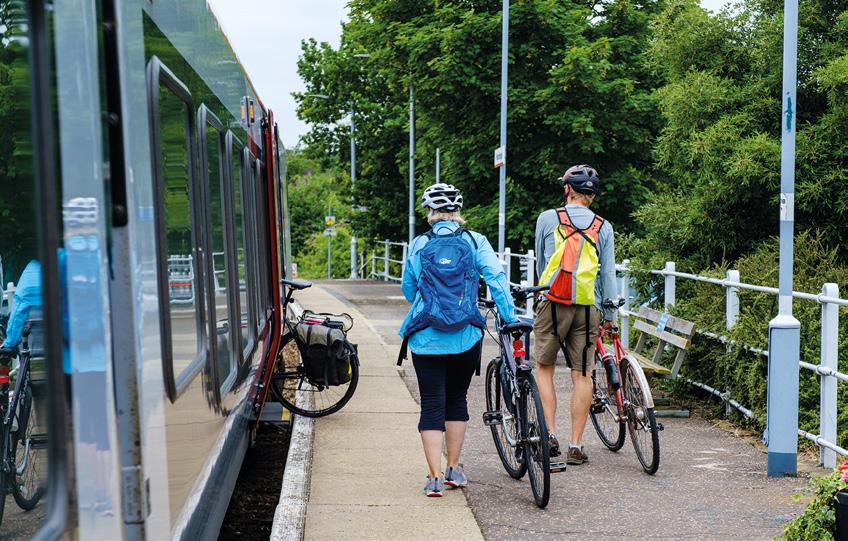
3 minute read
Connectivity
With three international gateways, the most modern and environmentally friendly rail service in the country, and good road connections, the East of England has excellent connectivity.
Air
Stansted Airport The International Gateway to the East of England, Stansted has non-stop passenger flights scheduled from almost 200 destinations in 38 countries and new connections to Dubai Airport in the United Arab Emirates, the world’s third largest airport. Stansted are committed to route expansion to cities such as Boston, San Francisco and Singapore. Cambridge, the most popular day trip destination for North Americans staying in London, is our most internationally recognised brand and can be used to attract more international visitors to the region, in turn helping Stansted broaden its route network and level up the disproportionate number of overseas tourists entering via Heathrow. 57% of international visitors arrive through Heathrow, go to London and gravitate west to The Cotswolds, Bath and Shakespeare’s Country. Stansted has plans to grow passenger numbers to 43 million by 2032 and is committed to achieving this sustainably: there will be no increase in flights or noise limits, Stansted is carbon neutral and will be zero carbon by 2038. Stansted also has the highest public transport mode share of any airport in the UK.
Norwich International Airport Daily KLM flights from worldwide airport hub Schiphol means Norwich Airport is one of the best connected in the UK. It is only 2.5 miles from the city centre, and has good public transport provision.



Sea
Stena Line Ferries Harwich International Port’s passenger and cruise terminal, now also part of Freeport East, has Stena Line ferries from the Hook of Holland with the potential of 1800 passengers a day on two boats, the Stena Hollandica and Stena Britannica. Harwich is well serviced by rail and road connections.
Cruise ports Great Yarmouth, with its deep-water outer harbour, has an ambition to be a cruise port, supported by a new third river crossing, as does Lowestoft.
Road
There is proximity to London via the A12 and M11, the Midlands from the A14 and A11 and access from the North is via the A1 and A47. Funding is being sought for more dualling of the A47 in Norfolk, following the success of the A11 final dualling at Elveden. Work has begun on the Long Stratton bypass to shorten travel between Norwich and Ipswich. The Norwich Western Link will complete a fully-dualled city orbital. Improvements are planned for the A11 Fiveways roundabout near Mildenhall and A12/A14 Copdock junction as part of the Road Investment Strategy and additional improvements are being sought around Ipswich to improve journey times.
Rail
Greater Anglia Greater Anglia’s rail network includes the Intercity London Liverpool Street-Norwich line via Ipswich and Colchester, and Stansted Express, as well as significant branch lines to the furthest reaches of the region. From Liverpool Street there is easy access to St Pancras International and Eurostar connections.
GA has invested £1.5bn in environmentally friendly rolling stock and new services, the biggest investment in rail in the region since Victorian times. The new rolling stock are wheelchair accessible.
‘Norwich in 90’, for quicker rail transport to and from the capital, is being actively campaigned for across the timetable as well as other upgrades to the Liverpool StreetNorwich line.
An ambition is to have faster and more frequent rail services between Cambridge and Norwich, building on the OxfordCambridge East-West Rail project with improvements also being campaigned for on the Cambridge to Ipswich line to deliver more frequent services.









